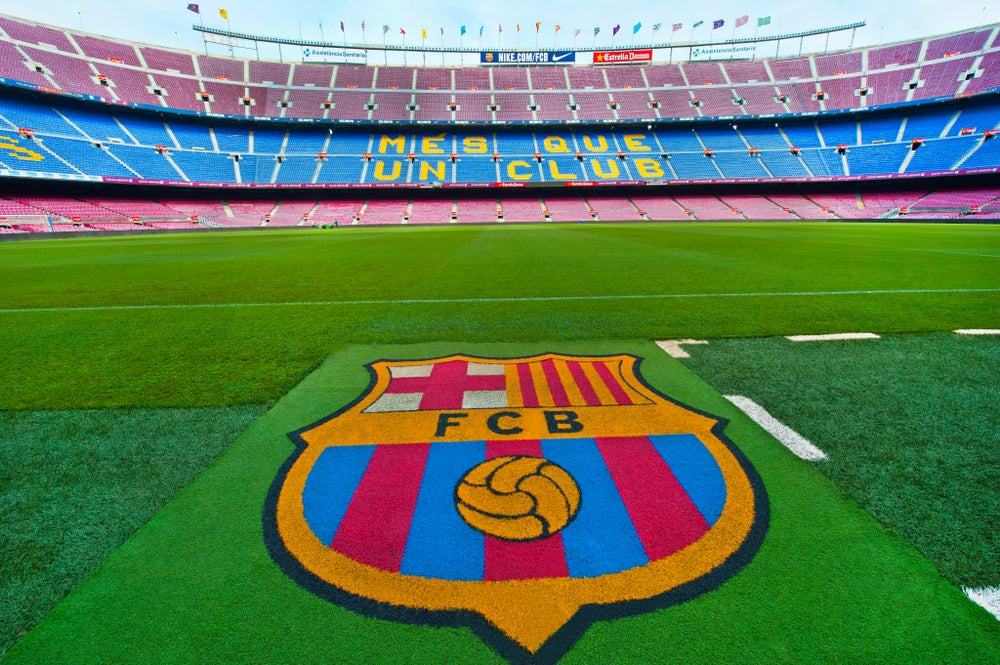international retail banking at Société Générale, says the bank’s
aggressive international expansion strategy will continue as it
seeks increased market share in Central and Eastern Europe. Russia
and the Mediterranean Basin also present high-growth potential,
writes Douglas Blakey.
 Société Générale (SocGen), France’s third-largest
Société Générale (SocGen), France’s third-largestbank by assets and once considered a prime candidate for a takeover
in the wake of the $7.1 billion trading scandal in January (see
RBI 586), is, according to its management team, solid,
profitable and well-placed to look at acquisition opportunities
among its weakened international rivals.
And while it has also suffered around €5 billion ($6.8 billion)
of losses arising from the credit crisis and remains exposed to
further possible investment banking write-downs, it looks set to
end a tumultuous year with its proud boast intact: of never
reporting a full-year loss.
Problems do remain: SocGen has had to vehemently deny market
rumours about looming problems at its 57.5 percent owned Russian
subsidiary Rosbank. The stake fell to a value of about €800 million
on 13 October amid fears of home loan defaults and panic deposit
withdrawals.
Although Rosbank is expected to report a reduced profit in 2008
– in 2007, it posted a 60 percent rise in net profit to $6.1
billion – it will press ahead with its branch expansion programme
and open more than 100 new outlets this year. SocGen said its
Russian activities benefited from a solid financial structure,
“enabling them to resist the current market turmoil without
significant impact on their financial results”.
As for the group’s performance in the third quarter, SocGen
issued a bullish statement on 13 October saying it remained
profitable even when including charges related to the collapse of
investment bank Lehman Brothers. It said profit would be around €1
billion for the quarter excluding non-recurring costs.
 The unexpected trading update
The unexpected trading update
– it will publish its third quarter results on 6 November – came
just hours after the French government released details of a €360
billion rescue plan to prop up the country’s banking system.
How well do you really know your competitors?
Access the most comprehensive Company Profiles on the market, powered by GlobalData. Save hours of research. Gain competitive edge.

Thank you!
Your download email will arrive shortly
Not ready to buy yet? Download a free sample
We are confident about the unique quality of our Company Profiles. However, we want you to make the most beneficial decision for your business, so we offer a free sample that you can download by submitting the below form
By GlobalDataSocGen has long trumpeted a standalone strategy, in particular
rebuffing any possibility of teaming up with its main rival BNP
Paribas. But the growing wave of consolidation in France’s retail
banking sector, evidenced most recently by news of a proposed
link-up between Caisses d’Epargne and Banque Populaire (see
French mull new retail banking giant), may spur SocGen to
enhance its relationship with France’s 17,000-branch-strong postal
bank, La Banque Postal – the two already have joint ventures in
payment software systems and consumer credit (see RBI
593).
Asked about any possible major acquisitions, SocGen’s head of
international retail banking, Jean-Louis Mattei, told RBI:
“We are keeping abreast of any opportunities that might be in line
with our targeted acquisition strategy. However, our aim is not to
put flags everywhere. We will look at opportunities taking into
account mainly the return on investment.”
Since Mattei assumed his current role in 1998, SocGen’s
international retail arm has been transformed. In 1999, net banking
income from SocGen’s IRB division totalled a mere €400 million,
around 3.5 percent of the group’s income. Fast forward to 2007 and
the IRB unit contributed 16 percent of group income, a figure which
approached 20 percent in the first half of 2008.
“Our growth strategy over the past 10 years has been extremely
aggressive,” Mattei says. “The International Retail Banking [IRB]
unit is now considered one of the main growth drivers of the
group… In 2007, the unit achieved a net profit of around €1
billion after taxes and this contribution to group revenue will
stay at a high level in the future.”
The main focus of SocGen’s international retail investment has
been in Central and Eastern Europe, with successes including
Komercní Banka, now the third-largest retail bank in the Czech
Republic, and in Romania with the subsidiary BRD. Romanian
investment has included a massive branch expansion programme – the
group opened one branch per working day in 2007 – resulting in BRD
becoming the largest bank by branches in the country.
“There are still major sources of growth in countries in which
we are already active and we wish to continue increasing the number
of retail clients,” Mattei adds. “In markets that are not fully
mature yet, such as the Central and Eastern European ones, we wish
to gain market share as fast as possible.
 “A second challenge is
“A second challenge is
increasing the loyalty and profitability of the clients we acquire,
the cross-sell ratio. Although the ratio in these countries is
still lower than the French one, it is improving very rapidly.”
In the short to medium term, Mattei argues Russia and the
Mediterranean Basin will also make a major contribution to group
profits, with the integration of Russia’s largest private sector
bank, Rosbank, a current top priority for SocGen.
At the end of 2007, Russia and SocGen’s international networks
represented 1 percent and 14 percent, respectively, of the bank’s
total risk-weighted assets.
“At the end of 2010, we aim to increase these figures to 6
percent and 16 percent, respectively,” Mattei says.
He is also upbeat about prospects for growth from its Moroccan
subsidiary, SGMA, the country’s fourth-largest bank, and from
Egypt’s second-largest private bank NSGB.
In total, SocGen has international retail banking interests in
36 countries, with five of these – the Czech Republic, Romania,
Russia, Egypt and Morocco – generating around three-quarters of the
IRB unit’s income. Other countries posting significant retail
revenue include Greece, Croatia, Slovenia and the Ivory Coast.
Mattei has high hopes for SocGen’s investment in Vietnam – a recent
15 percent stake in South-East Asia Bank (SeABank) – where he
believes there remains strong growth potential.
“SeABank is one of the most dynamic private commercial banks in
Vietnam,” he says. “It has a network of 55 branches and transaction
offices covering the country’s principal economic centres. Vietnam,
with its young population and dynamic, sustainable growth, is a
highly attractive market for retail banking business.”
As for the branding of SocGen’s international operations, Mattei
sums up a marketing strategy in harmony with the bank’s development
model.
“We offer universal banking services based on the French model
adapted to local environments,” he says.
“In concrete terms, we emphasise pragmatism, which may simply
involve maintaining local brands associated with the Société
Générale logo, the red and black square.”
 PRODUCTS
PRODUCTS
Innovation pays off in emerging economies
According to SocGen’s head of international retail banking,
Jean-Louis Mattei, a number of the bank’s international
subsidiaries have, in the past year, rolled out new retail products
which have been instant hits.
Notable successes include:
• A co-branded credit card issued in co-operation with mobile
phone operator T-Mobile in the Czech Republic, offering free
minutes, text messages and a loyalty scheme. Following its launch,
Komercní Banka director of marketing, Zdenek Mojžíšek, told
RBI the card represented one of KB’s most important
innovations (see RBI 594). Mattei believes the new card
product will help KB further improve an already impressive
cross-sell ratio of 5.58 products per retail customer which the
bank reported in the first half of the year.
• In Romania, SocGen’s BRD subsidiary became the first bank to
release EMV-compliant chip cards. Romania’s relatively low card
penetration ratio shows significant potential for BRD to grow its
card revenues. In 2000, there were only around 48,000 credit cards
in circulation in Romania with the number increasing to 1.28
million by 2006, out of the 9 million bank and non-bank cards in
circulation.
• In the Ivory Coast, SocGen’s local arm has enjoyed success
with a campaign offering school loans, while in Madagascar, SocGen
was the first player to market a packaged account combining
consumer credit with a savings account.
• In Morocco, Mattei flags up the launch of a range of packaged
products, bundling together current accounts, savings accounts and
insurance products, designed for specific market segments which, he
says, “has paid off for the bank”.






